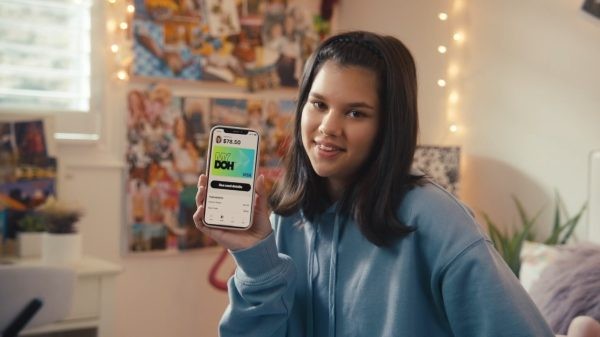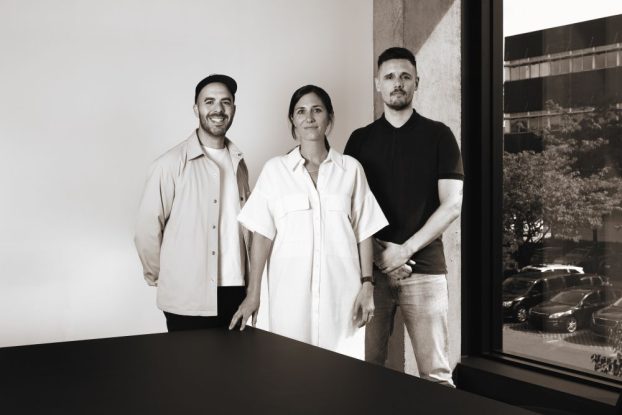As Instagram’s user base continues to swell, brands are no longer content with simply posting editorial stylings on the image-sharing site.
Brands like Toronto’s Silent Film Festival and Virginia’s online clothier Madewell are trying new tactics to break through to the mobile app’s audience, which added 60 million users in 2013 alone, according to recent research statistics.
Madewell is the latest on the scene, having implemented an Instagram Flashmob late last week. The brand brought together 500 employees, bloggers and editors from various fashion magazines (including Allure, Elle and Nylon), to post photos of denim with the hashtags #denimmadewell and #flashtagram, resulting in more than 1,600 related posts. Madewell’s Instagram account shot to 151,000 followers.
Closer to home, the Toronto Silent Film Festival and Cossette have created back-to-back annual campaigns on the digital platform, turning it on its head (or rather, onto its side, with recent creative inviting users to rotate their screen to view).
Matthew Litzinger, CCO, Cossette, says the brand approached them in 2013 for a campaign to draw in a younger, hipper (and more hipster) crowd of 18- to 24-year-olds.
Without a massive budget from the independent festival, Litzinger explains how they wanted to parallel the silent film, which he says had always innovated and brought change to the medium back in its day.
The result was a flip-book, made from hundreds of Instagram photos, that when scrolled through quickly created a silent film (well before the app introduced its video capabilities).
Litzinger says the stunt pulled in 2.2 million media impressions and led to a record-level festival attendance.
[iframe_youtube video=”dVytk4p4If8″]
This year, they followed it up with a sideways scrolling timeline on the brand’s feed. Instagram – a platform that functions only in portrait mode – was turned on its side to create the timeline scrolling effect, examining the history of silent film’s greatest star, Charlie Chaplin.
[iframe_youtube video=”MFz8Lwwd1Z0″]
To date, Litzinger says they’re on track to beat last year’s results – though, at press time, they didn’t have hard numbers.
“It used to be the media was the message,” says Litzinger. “But in the advent of technology, it’s changed to ‘Innovation is the message.’ And [for] the next generation of social engagement, at least in the digital realm, people care as much about what it is you’re saying as how you’re saying it.”
But it’s more than just encouraging sharing or being the “first” to do something on the platform. Brand participation traditionally features beautifully-captured images and behind-the-scenes shots, helping to cultivate a brand’s following, much the same way as they’ve approached Twitter and Facebook.
However, there’s also an evolution in the way brands are approaching social strategies in general, says Rebecca Shropshire, director of digital sales, CBC and former VP of digital at UM.
“I think there is a real shift to starting to look at social networking as a massive marketing – and not so much as an organic community – strategy,” she says. “I think social communities are still pretty key for brands that use it as a CSR platform, or brands that use it as their own content factories, which not many brands pull off well, but I think they are recognizing social as a strong marketing platform to activate on as required to support campaigns.”
She anticipates we’ll start seeing more mass campaigns from brands on social – though she says this will likely occur through promoted posts or ads. (Instagram recently unveiled ads for brands. The first ad campaign from Michael Kors resulted in four times the usual number of likes compared to non-promoted posts.)
With files from Val Maloney.
























